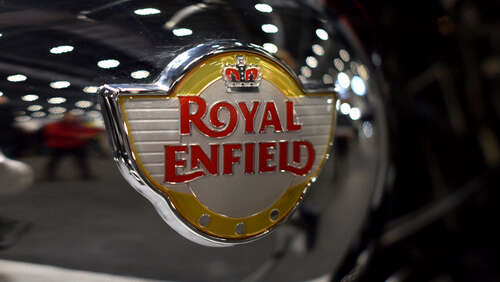
Even the Great Depression, experienced by nearly every country around the globe during the ’30s, didn’t seem to dent Royal Enfield’s ability to evolve. In 1932, it built the first “Bullet” in three different models (250, 350, and 500-cc) sporting a sloper-style inclined engine with high compression pistons, twin-ported cylinder heads, and a foot-operated gear changer. This bike is still being built today and is considered one of the best Royal Enfields ever.
The very next year (1933), it dropped the way outside-the-box designed Model Z “Cycar.” This 148-cc two-stroke fully enclosed bike had protective legshields and was marketed squarely to commuters.
During World War II, the company manufactured more than just motorcycles and bicycles for the British army; it also built generators and anti-aircraft gun predictors (an early analog version of a computerized firing control system that helped aim anti-aircraft guns). Of all the motorcycles made by Royal Enfield during this time, the most recognizable was the WD/RE “Flying Flea,” a lightweight 126-cc two-stroke machine that could be fitted into special air-drop crates and parachuted in behind enemy lines to be used by British paratroopers.
In ’48, the first post-war 350-cc Bullet prototype was designed featuring an oil-dampened swingarm rear suspension. It went into production in the U.K. the following year (along with a 500 Twin), with both models using similar components, including the frame, swingarm suspension, telescopic front forks, and gearbox.

